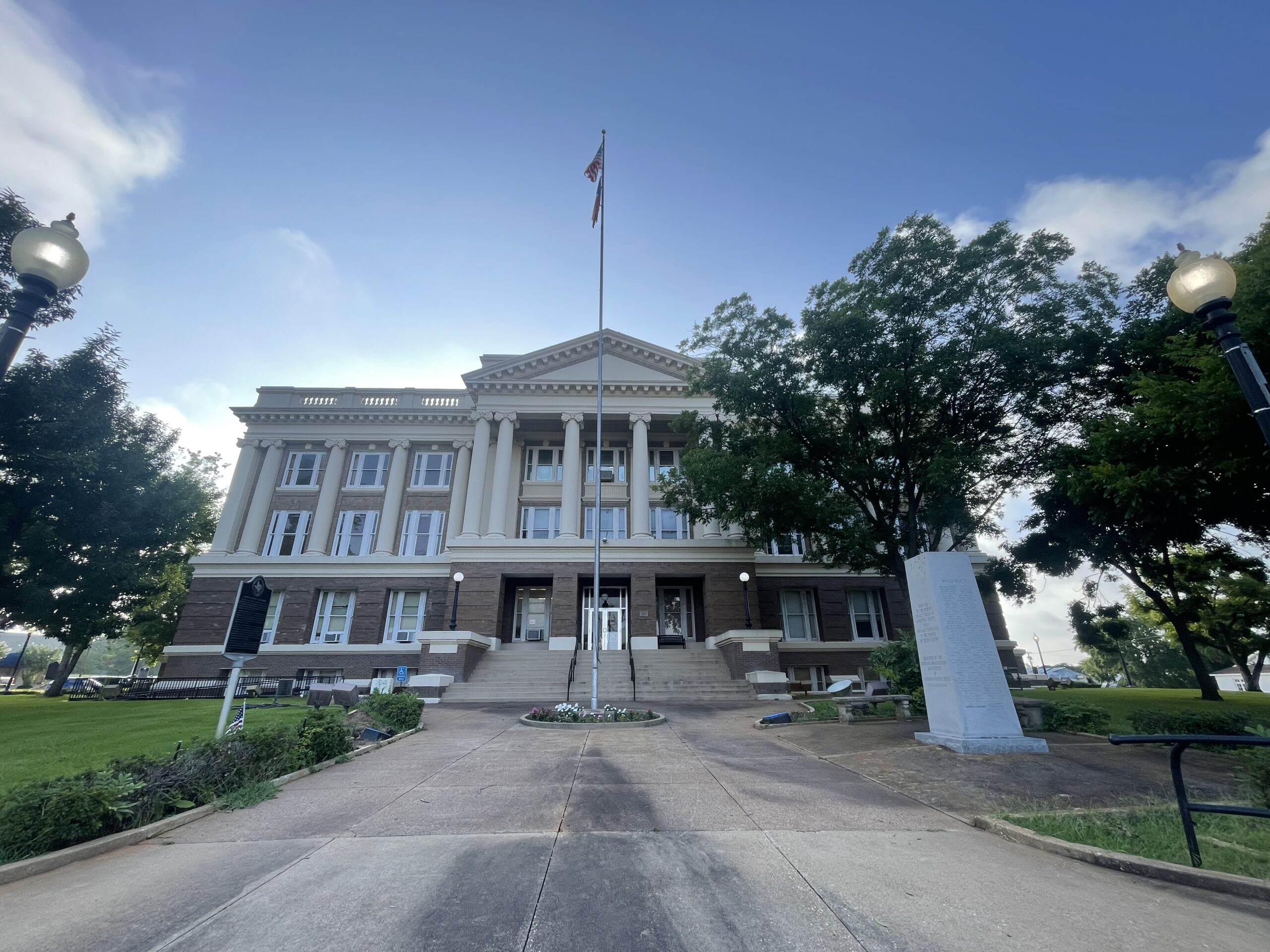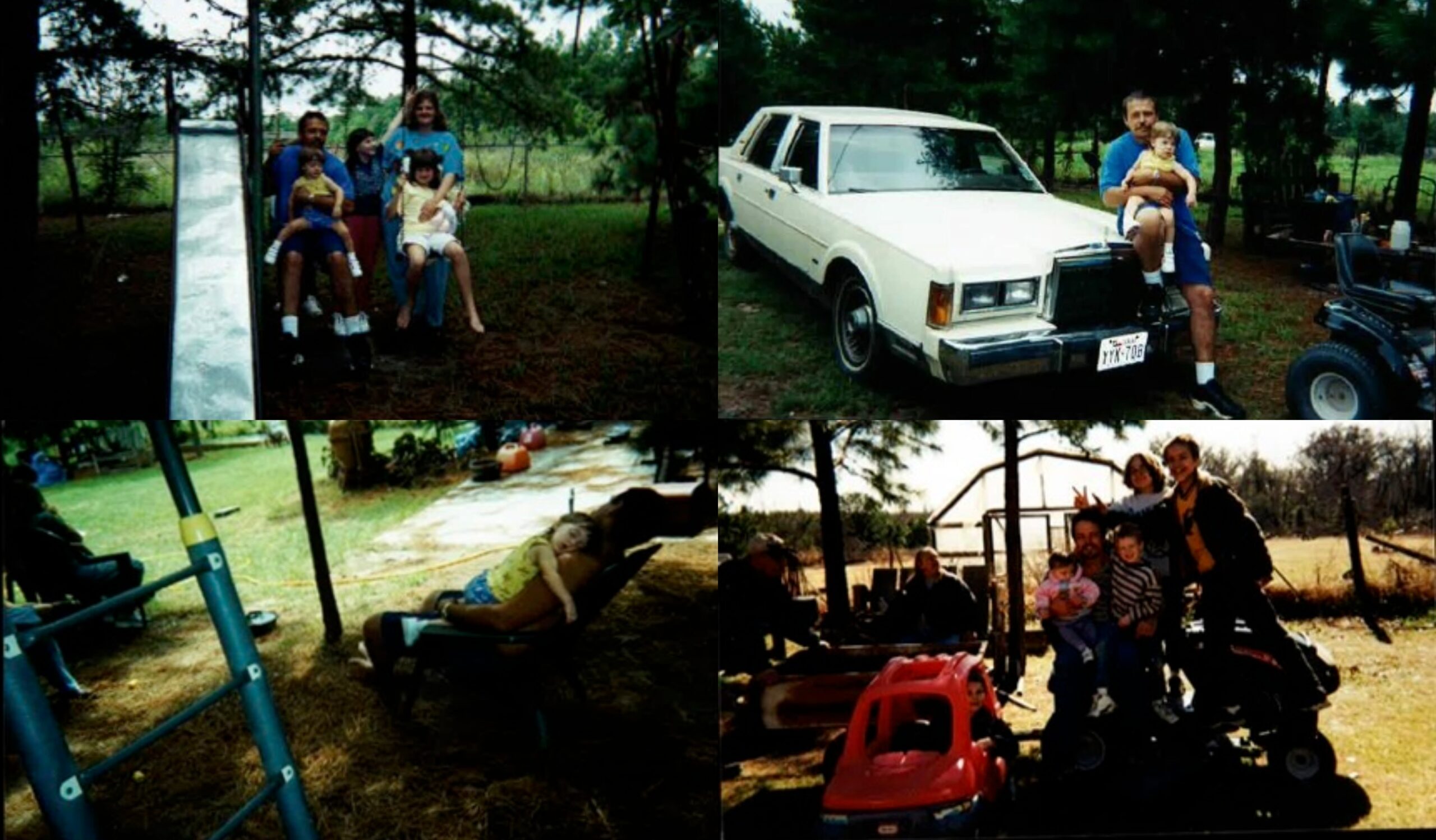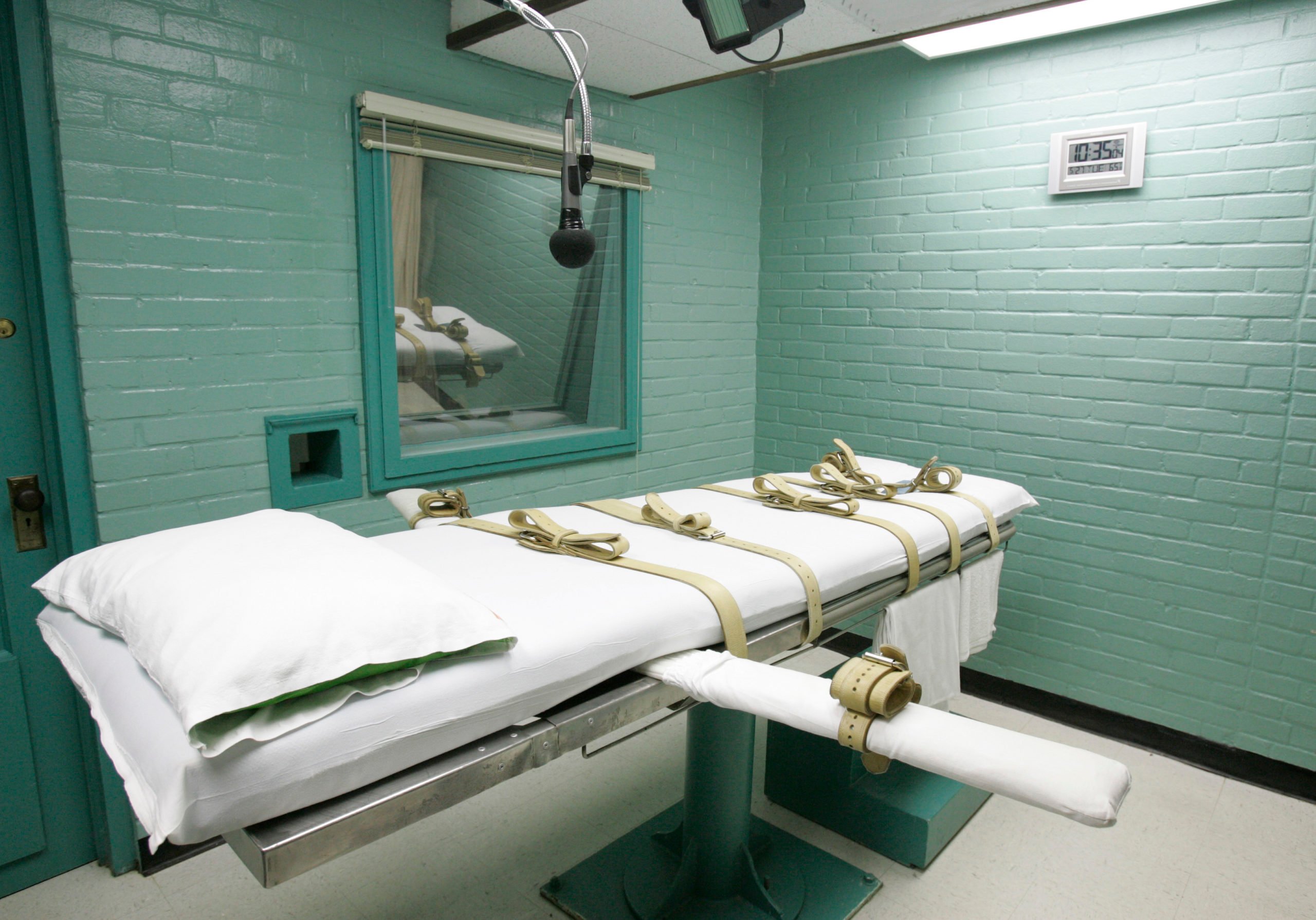
Robert Roberson Faces New Execution Date in Controversial ‘Shaken Baby Syndrome’ Case
The new date comes after Ken Paxton took over the case that could lead to the nation's first execution based on the contested diagnosis.

Attorneys for Robert Roberson and for the State of Texas went toe-to-toe in a Palestine courtroom Wednesday, arguing over the fate of the man whose 2024 execution date was halted in a dramatic eleventh-hour intervention by state legislators—and whose appeals have raised the question of whether a crime occurred at all.
After hearing arguments, Smith County District Court Judge Austin Reeve Jackson, who is new to the case and is described in campaign literature as “a grassroots conservative,” ruled that there was no legal reason not to sign the execution order, which sets a date of October 16, almost exactly a year after Roberson’s last scheduled date. He noted that the Court of Criminal Appeals has had the matter pending for five months and hasn’t ruled.
“It doesn’t seem like anything is going to get resolved without a date,” Jackson said at the close of the hearing, calling it “unfortunate.”
Roberson attended the hearing wearing jail-issued black and white stripes and a bullet-proof vest. As he was escorted out after the judge’s ruling, someone said “We love you Robert.” Otherwise, the courtroom was quiet.

The hearing had been scheduled after Attorney General Ken Paxton’s office took over the case from Anderson County District Attorney Allyson Mitchell and swiftly called for a new execution date for Roberson.
In court, Roberson’s attorney, Gretchen Sween, objected to resetting a date, noting that an appeal is still making its way through Texas courts arguing his actual innocence. This was the crux of the argument she made Wednesday, calling it “unusual” for the state to seek an execution date while an appeal was pending.
Roberson was convicted in 2003 of causing the death of his young daughter, Nikki Curtis, who died in 2002 of what medical professionals at the time deemed to be Shaken Baby Syndrome (SBS) based on a now-discredited diagnostic method. Several experts tapped by the defense have helped uncover another possibility: that Nikki died of a constellation of natural causes including double pneumonia and sepsis.
“There’s no legal or practical or moral reason to be setting a date at this time,” Sween told the Observer in an interview earlier this week.
Roberson had only recently gotten custody of his two-year-old daughter Nikki in January 2002, when he rushed her to the Palestine Regional Emergency Room. She had been sick for a week—with symptoms including diarrhea, vomiting, and a fever of up to 104.5 degrees—and that morning, Roberson had awoken to find she had fallen out of the bed they were sharing. After he checked her for injuries, they went back to sleep. Four hours later, when Roberson awoke to his alarm, Nikki was unresponsive.
A CT scan at the hospital showed bleeding and brain swelling, but Nikki didn’t have any skull fractures to explain her injuries. She was transferred to Dallas Children’s Medical Center, where a pediatrician who specialized in child abuse recognized what was believed to be a tell-tale set of symptoms. For decades, the scientific consensus stated that if children had subdural bleeding, brain swelling, and retinal hemorrhages—all of which Nikki had—doctors could presume they were victims of SBS. Today, the consensus has shifted, and doctors only diagnose what is now called Abusive Head Trauma if all other possibilities—like short falls, accidents, or illness—have been excluded and doctors have reviewed the child’s medical records.
In Nikki’s case, the medical examiner who performed her autopsy didn’t look at her medical records, which showed a two-year-old with a history of infections and breathing problems. After Nikki was taken off life support without her father’s consent, police arrested Roberson. He was charged and convicted of capital murder. An Anderson County jury sentenced him to death.
But in appeals since 2016, the most recent filed in February, his lawyers have presented new testimony from experts that clarify how dire Nikki’s health was before she died and how the short fall off of the bed could have led to the head injuries doctors saw that day at the ER. Even the original lead police investigator on the case has reversed his opinion and now says he believes Nikki’s death was accidental.
Since 1989, challenges to SBS diagnoses have resulted in the exonerations of 41 people across the United States, according to the National Registry of Exonerations. If executed, Roberson would be the first in the country put to death based on the controversial diagnostic method.
Last fall, Roberson earned a groundswell of bipartisan support from legislators who either believed he was innocent or that the state’s laws related to changing scientific consensus failed him.
“We as a legislature actually created a way for people like Mr. Roberson to challenge convictions based on science that later turns out to be wrong,” said Democratic state Representative Joe Moody at a press conference last September, when attention around Roberson’s case was growing. “As far as we can tell, though, the courts simply aren’t engaging in that process. So convictions are being allowed to stand on junk science.”
The Texas House Committee on Criminal Jurisprudence issued a subpoena for Roberson to testify in a hearing on October 21—four days after he was set to be executed by lethal injection. What followed was a fiery debate about the separation of powers among the state’s officials. In any case, the subpoena helped stop the clock: The state Supreme Court halted the execution the night it was supposed to take place.
Paxton’s office responded with a public statement to “set the record straight” on the facts of the case. The statement attacked legislators by name and repeated a flawed argument that prosecutors made in appeals: that Roberson hadn’t actually been convicted based on SBS in the first place. This is despite the fact that SBS was mentioned numerous times during his trial, including in the testimony of the child abuse expert who originally suggested that Nikki exhibited the signs.
“I’m very alarmed by some of the misinformation about the case that has been intentionally peddled in certain circles, and I think it’s emanating from elected officials. … It has to do with politics, which should have no place in this,” Sween told the Observer.
During the latest legislative session, lawmakers in the House of Representatives attempted to push forward reforms to the state’s “junk science” law, which is meant to give people another avenue to contest their convictions based on newly discredited forensic methods.
After receiving overwhelming support in the House, the legislation failed in the Senate. Legislators have argued that Roberson was denied the chance to use that existing process in his case.



